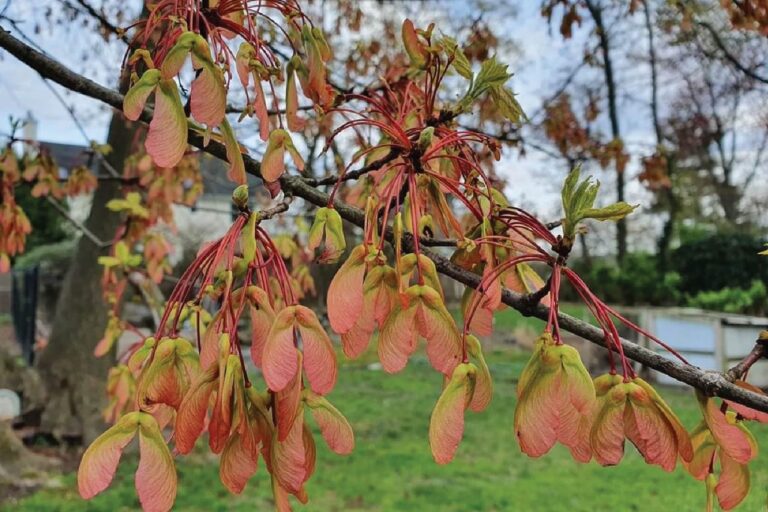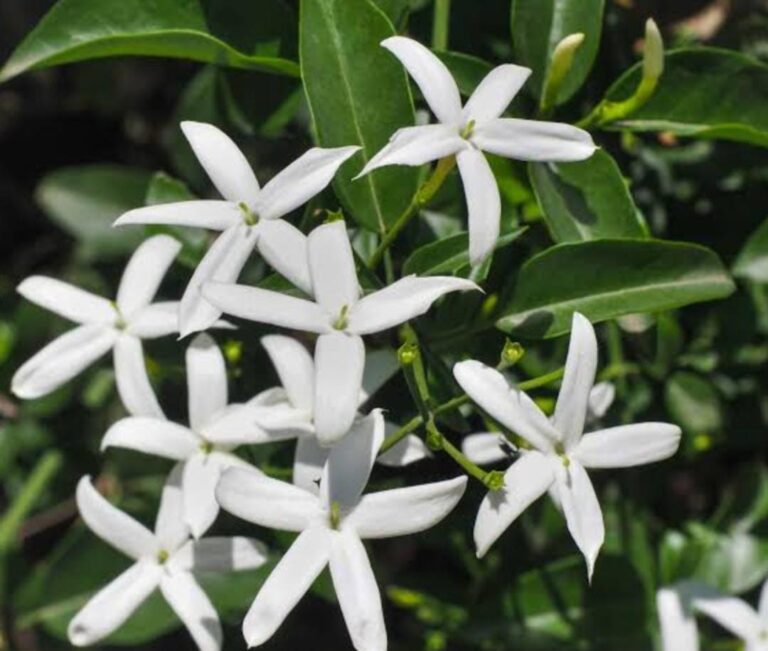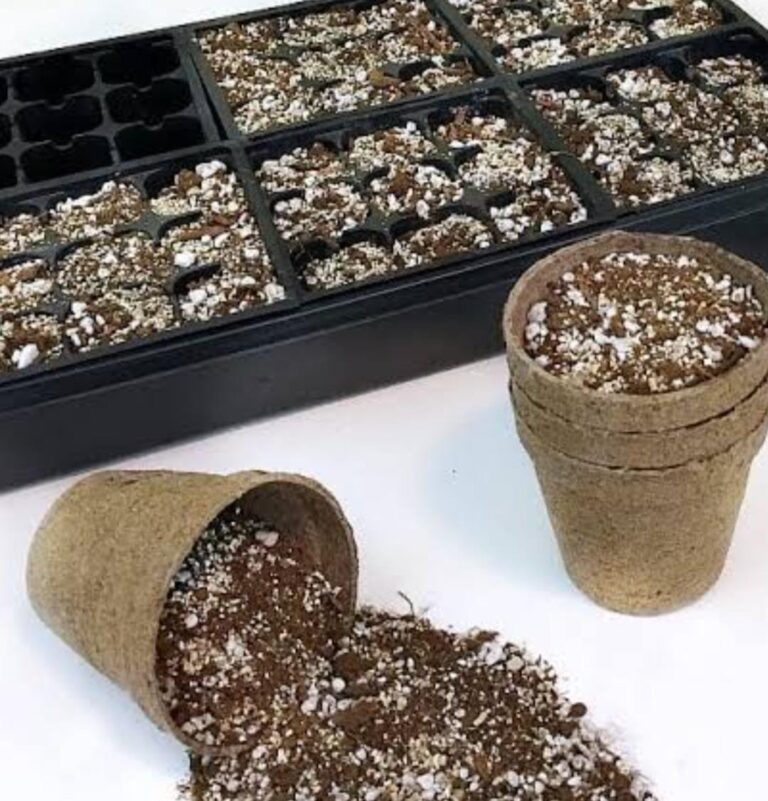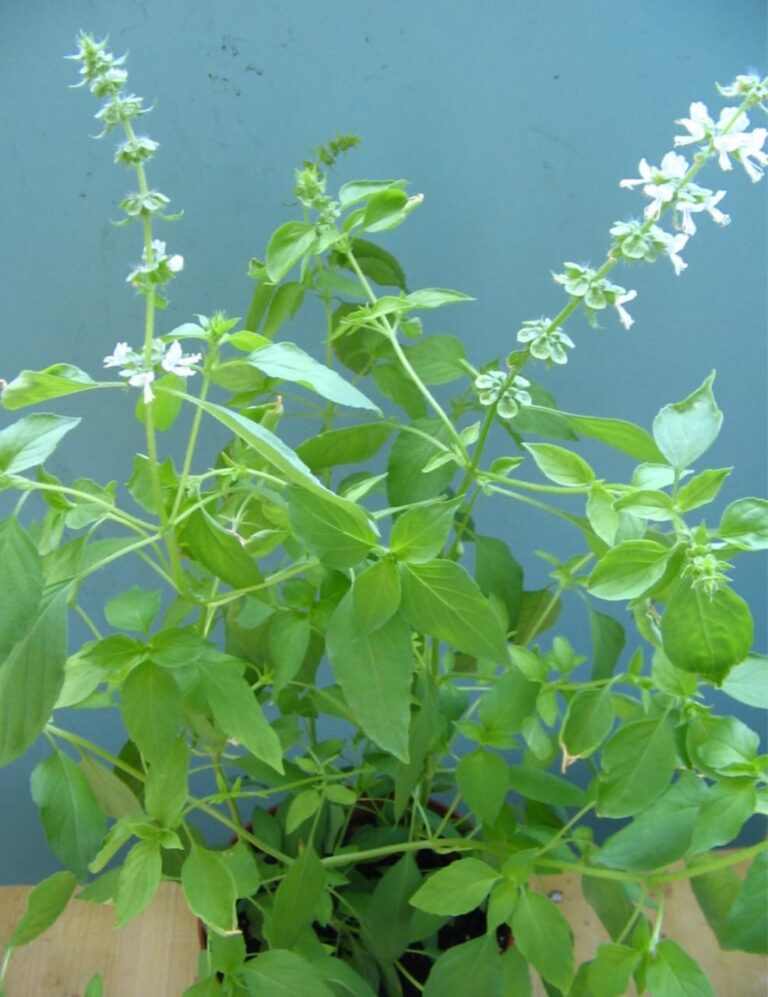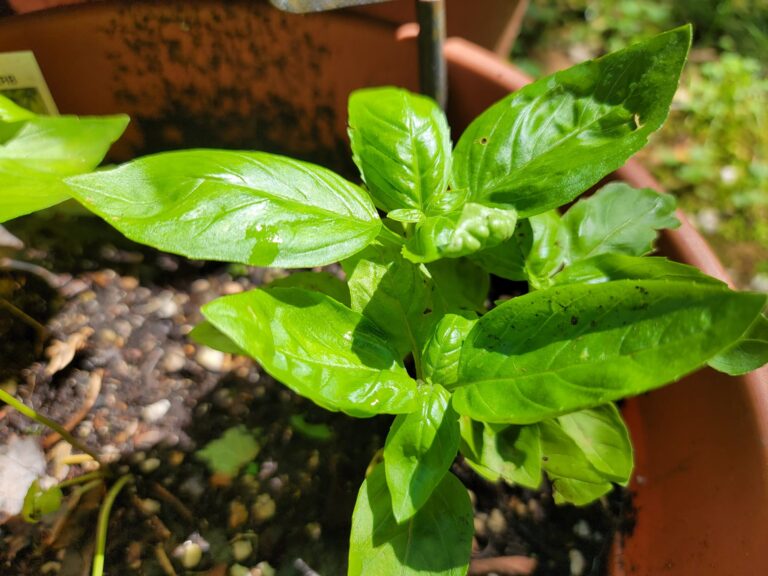Landscaping Trends: What’s Hot in Gardens | 5 Practical Tips
Introduction
As we are in summer 2024, gardens are changing with creative landscaping concepts that combine aesthetics, sustainability, and practicality. The modern gardener is more environmentally sensitive, striving to create outdoor areas that not only look good but also help local ecosystems, conserve resources, and improve personal health. This detailed guide will look at the hottest landscaping concepts for 2024 and their scientific benefits.
1. Native Plant Landscaping

Native plants are those that occur naturally in a region and have adapted to the local climate and soil conditions. One of the most significant trends this year is the use of native plants. In one of my previous blogs, I wrote about some native plants of my area. These plants are beneficial in many aspects, some of them are described here. Native plant landscaping gardens use plants that grow naturally in a certain area, which provides numerous environmental and maintenance benefits.
These plants are adapted to the local climate and soil conditions, requiring less water, fertilizer, and pesticides, which promotes sustainability. Native gardens help local wildlife by providing food and habitat for pollinators, birds, and other beneficial animals, which increases biodiversity. They help to reduce soil erosion and increase soil health. Native plant gardens also help to preserve area flora while providing a sense of place and natural beauty. Native plant landscaping is an environmentally friendly gardening method since it conserves resources and promotes ecological equilibrium.
Benefits
- Biodiversity Support: Native plants provide food and shelter for local species, such as birds, insects, and pollinators. This helps to preserve and improve biodiversity in your garden
- Water Conservation: These plants are adapted to local rainfall patterns, requiring less irrigation. This conserves water, which is a valuable resource, particularly in drought-prone areas
- Low Maintenance: Native plants require less upkeep than exotic species because they have already adapted to the local environment. This reduces the use of artificial fertilizers and pesticides, resulting in a healthier garden ecosystem
2. Edible Gardens

Edible gardens cultivate fruits, vegetables, herbs, and edible flowers for human consumption. These gardens can be integrated into traditional landscapes, raised beds, or containers, making them adaptable to a variety of settings. Edible gardens encourage better eating by providing fresh, nutritious produce while reducing reliance on store-bought goods, lowering transportation emissions and packaging waste. They promote biodiversity by attracting pollinators and beneficial insects.
Gardening activities provide both physical and mental relaxation, which improves general well-being. Edible gardens promote sustainable living, self-sufficiency, and a stronger connection to nature by allowing people to grow their own food. Believing in healthy and organic eating I use my homegrowns in my daily cooking as well as in multiple sauces, fermentations, pickling and dehydrating.
Benefits
- Healthier Diet: A healthier diet includes home-grown vegetables, which are often fresher and more nutritious than store-bought selections. A diet high in fresh fruits and vegetables can help minimize the risk of chronic diseases
- Sustainable Living: Growing your food minimizes the carbon footprint of transportation produce from farm to table. It also promotes sustainable agriculture methods
- Pollinator Support: Bees and butterflies are essential pollinators for many edible plants, including tomatoes and peppers. Gardeners may improve pollinator health and biodiversity by cultivating these plants
3. Rain Gardens

Rain gardens are intended to absorb and filter rainfall runoff, thereby reducing erosion and water pollution. These gardens are intentionally placed in low-lying regions to absorb stormwater, while deep-rooted native plants and soil layers filter toxins. Rain gardens alleviate the pressure on stormwater systems, minimize flooding, and improve water quality by regulating runoff. They also improve local biodiversity by providing habitat for a variety of plants and creatures.
Furthermore, rain gardens recharge groundwater and promote sustainable water management techniques. Integrating rain gardens into landscapes boosts environmental health, conserves water resources, and provides visually appealing and practical green places.
- Water Quality Improvement: Rain gardens help to filter contaminants from runoff before they enter natural rivers. This improves the quality of water in nearby rivers, lakes, and streams
- Flood Mitigation: Rain gardens lessen urban flooding danger by absorbing and slowly releasing stormwater
- Ecosystem Support: These gardens provide a home for a diverse range of water plants and creatures, helping to boost local biodiversity
4. Vertical Gardens
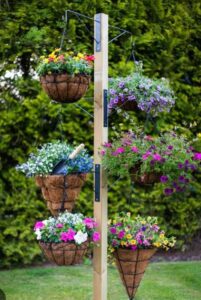
Vertical gardens, also known as living walls, make use of vertical space to produce plants, making them perfect for urban situations with limited ground surface. These gardens can be built with modular panels, trellises, or hydroponic systems, and can sustain a broad variety of plants, including herbs, vegetables, and ornamental species. Vertical gardens improve air quality by filtering pollutants, reduce urban heat island effects by providing natural insulation, and boost biodiversity in densely populated cities.
They also promote mental health by incorporating vegetation into developed areas. Vertical gardens are a sustainable way to add greenery, improve aesthetics, and promote healthy urban living.
Benefits
- Air Quality Improvement: Vertical gardens can help filter pollutants and particles from the air, which improves urban air quality
- Temperature Regulation: These gardens act as natural insulation for buildings, reducing energy usage for heating and cooling
- Mental Health Benefits: Studies have shown that green areas, especially vertical gardens, can reduce stress and improve mental health
5. Wildlife-Friendly Gardens
Wildlife-friendly gardens are intended to encourage and attract local wildlife such as birds, bees, butterflies, and beneficial insects. These gardens contain natural plants that provide food, shelter, and nesting locations, resulting in a balanced environment. Incorporating components like water supplies, birdhouses, and insect hotels increases habitat variety. Pollinators and other beneficial species are protected by avoiding pesticides and practicing organic gardening.
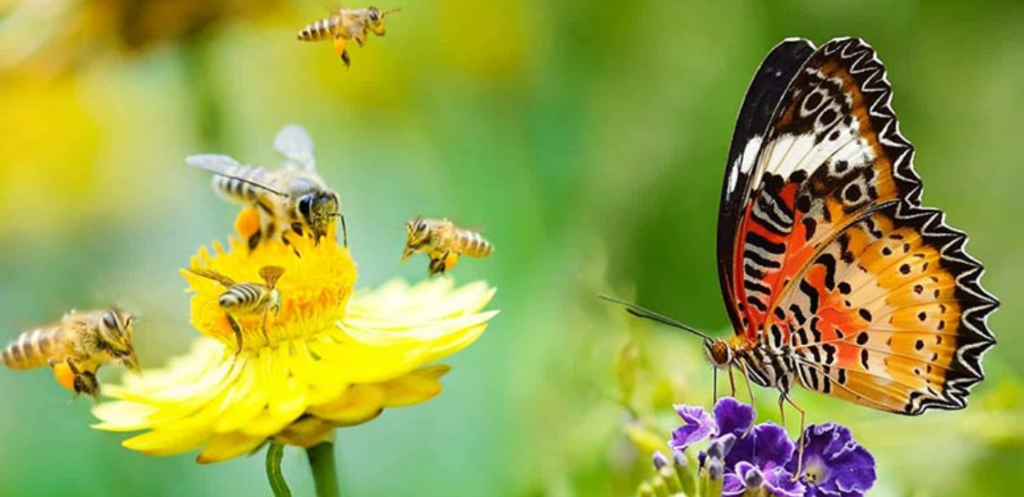
Wildlife-friendly gardens encourage biodiversity, natural pest management, and pollination, which is essential for plant reproduction and food production. These gardens help to save the environment while also providing a dynamic, thriving natural space for wildlife and humans to enjoy and beautiful landscaping as well.
Benefits
- Pollination Support: Gardens that attract pollinators help pollinate not only garden plants but also surrounding crops, increasing food output
- Pest manage: Plants that attract beneficial insects, such as ladybugs and spiders, are frequently found in wildlife-friendly gardens, where they help to organically manage pest populations
- Biodiversity Conservation: These gardens provide critical habitats for a variety of species, hence promoting overall ecosystem health
6. Sustainable Landscaping Materials

Sustainable landscaping materials stress environmental friendliness, longevity, and resource efficiency. These materials include repurposed wood, recyclable metal, permeable pavers, and natural stone, all of which are environmentally friendly. Using locally sourced materials reduces transportation emissions and benefits local businesses. Permeable pavers help to regulate stormwater flow, which reduces erosion and promotes groundwater recharge. Recycled and reclaimed materials reduce the requirement for fresh resources and landfill garbage.
Sustainable landscaping materials improve garden aesthetics while simultaneously contributing to long-term environmental health by lowering carbon footprints, increasing biodiversity, and conserving natural resources.
Benefits
- Reduced Carbon Impact: Using locally sourced and repurposed materials decreases the energy necessary for production and transportation, hence minimizing the garden’s carbon impact
- Longevity and Durability: Sustainable materials, such as reclaimed wood and stone, are frequently more durable and long-lasting, requiring fewer replacements and producing less waste
- Environmental Impact: Using eco-friendly materials minimizes the environmental impact of garden building and maintenance
7. Smart Gardens

Smart gardens use innovative technologies to improve plant care and resource management. They use smart irrigation systems that alter watering schedules based on weather and soil moisture, conserving water while maintaining plant health. Garden sensors track soil conditions, pH levels, and plant health, providing information for targeted treatment. Automated lighting systems, which frequently use energy-efficient LEDs, facilitate plant growth cycles. These technologies reduce manual work, increase efficiency, and promote environmentally friendly activities. Smart gardens are perfect for both rookie and experienced gardeners, allowing for more efficient, data-driven, and environmentally friendly gardening that promotes plant health and resource conservation.
- Water Efficiency: Smart irrigation systems adjust watering schedules based on weather and soil moisture levels, conserving water
- Plant Health Monitoring: Garden sensors can monitor soil health, pH levels, and plant conditions, allowing for precise modifications to promote maximum growth
- Energy Conservation: Automated lighting systems with LED technology save energy and can be set to assist plant growth cycles
8. Minimalist Gardens

Minimalist gardens focus on simplicity, utility, and the utilization of basic components to create peaceful and clean outdoor areas. They have clean lines, wide spaces, and a limited plant palette that frequently includes native or low-maintenance species. Stone, concrete, and wood are prominent hardscape materials, while water features or sculptures are deliberately placed to create quiet.
The minimalist approach decreases maintenance requirements and resource consumption, hence boosting sustainability. These gardens offer a calm escape, promoting mental clarity and a connection to nature, while also easily blending into modern architectural designs and metropolitan environments.
Benefits
- Low upkeep: Minimalist gardens usually require less upkeep, which reduces the need for chemicals and labor
- Resource Efficiency: Because minimalist gardens focus on basic aspects, they frequently utilize fewer resources, making them more sustainable
- Mental Clarity: Simple, uncluttered spaces can help to reduce stress and promote mental clarity
9. Climate-Resilient Gardens
Climate-resilient gardens are intended to endure and adapt to the extreme weather conditions produced by climate change. These gardens use drought-tolerant plants, deep-rooted species, and xeriscaping techniques to conserve water and maintain survival during dry spells. Permeable surfaces and rain gardens handle excessive rainfall and erosion, while various vegetation allow for temperature adaptation. These gardens promote local biodiversity while requiring less maintenance. Climate-resilient gardens help to limit the effects of climate change, encourage sustainable gardening techniques, and develop robust landscaping trends that can thrive in the face of climatic difficulties.
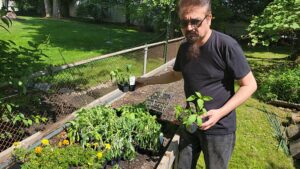
Benefits
- Drought Tolerance: Using drought-tolerant plants and xeriscaping techniques conserves water and ensures garden survival during dry spells
- Storm Resilience: Using deep-rooted plants and permeable surfaces helps to manage severe rains and prevent erosion
- Temperature Adaptation: Planting a varied range of species that can withstand a variety of temperatures increases garden resilience in the face of changing climate circumstances
10. Therapeutic Gardens
Therapeutic gardens, also known as healing gardens, are intended to improve mental and physical health. These gardens offer a tranquil setting for relaxation, stress reduction, and meditation, frequently with water features, sensory plants, and accessible walkways. Engaging with nature in therapeutic gardens can help to alleviate anxiety, depression, and stress while also improving mood and cognitive performance.
They are widely used in hospitals, nursing homes, and community settings, providing therapeutic advantages to patients, caregivers, and the general public. Therapeutic gardens are an effective tool for holistic health and healing because they combine natural beauty with deliberate design.
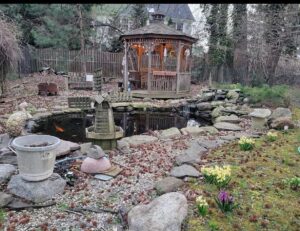
Benefits
- Mental Health Benefits: Nature has been shown to relieve stress, anxiety, and sadness. Therapeutic gardens offer a tranquil setting for relaxation and mental refreshment
- Physical Health Benefits: Gardening tasks like planting, weeding, and harvesting give physical activity, which can help with general health and mobility
- Social Well-Being: Community gardens and therapeutic areas promote social contact and develop a sense of belonging
Practical Tips for Implementing Landscaping Trends This Summer

1. Start Small
Begin by adding some native plants or establishing a small edible garden. This allows you to gradually adjust to new gardening techniques without feeling overwhelmed.
2. Plan for Sustainability
When creating your garden, think about long-term sustainability of landscaping. Choose plants and materials that use little resources and benefit local ecosystems.
3. Use Technology Wisely
Integrate smart garden technology that is appropriate for your goals and budget. Begin with simple systems, like as automated watering, and gradually increase as you gain confidence.
4. Create Multi-Functional Spaces
Plan your garden to serve various functions, such as relaxing, food production, and wildlife habitat. This enhances the benefits you get from your outdoor space.
5. Stay Informed
Keep up with the most recent gardening research and trends of landscaping. Joining gardening forums, attending courses, and reading relevant books can all bring helpful ideas and inspiration.
Conclusion
Landscape trends for 2024 highlight a rising awareness of the interdependence of our gardens, health, and the environment. By using native plants, edible gardens, rain gardens, vertical gardens, wildlife-friendly places, sustainable materials, smart technologies, minimalist designs, climate-resilient practices, and therapeutic gardens, we can create beautiful, practical, and sustainable outdoor spaces. These trends not only improve the aesthetics of our gardens, but they also bring significant scientific benefits, resulting in a healthier world and better well-being for ourselves and future generations.
As our gardening practices evolve, let us aim to build gardens that are not only visually appealing but also good for the environment and our health. Happy Gardening in 2024!


